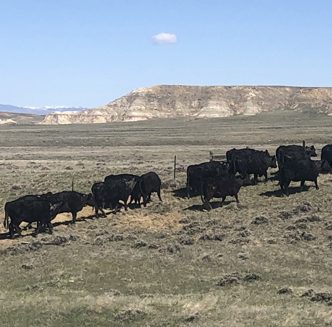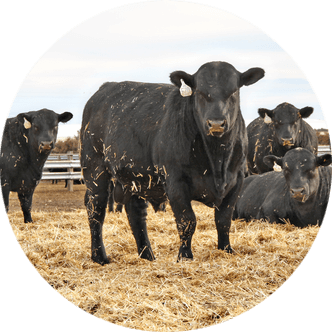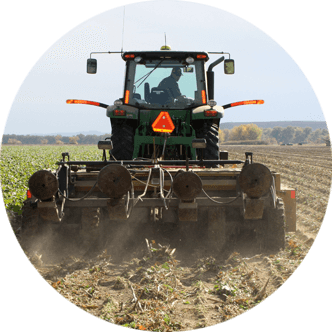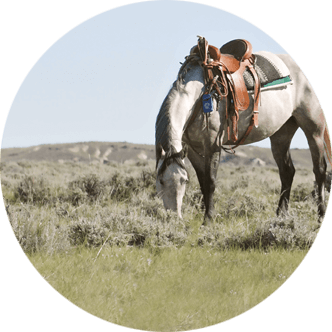South Dakota State University offers summer grilling safety tips
Spring in the West comes with a variety of weather, from snowstorms to 70-degree days, and with the taste of warmer weather comes the itch to get out and grill.
Many families’ grills have been put away since the first blizzard and have stayed cold for a few months.
Before firing up the grill this season, consider a few reminders on grilling and food safety.
Clean the grill
After sitting dormant for several months, grills could use a good cleaning.
Pull the grates out and remove the heat plates and the grease trap. Using a grill brush, remove debris from these parts and inspect them.
If there are a lot of rust spots or areas of corrosion, one should consider replacing the parts. Areas of rust allow food to stick to the grill and can also transfer rust onto food.
Individuals can use a grill degreaser to clean parts with more stuck-on food residue, but be sure to follow label directions.
If cleaning the grease trap makes one’s stomach turn, consider purchasing a liner or line the trap with aluminum foil to make cleanup easier. Once interior parts are cleaned, wipe down the side trays and lid handle to ensure clean surfaces to work with in the future.
One of the most common and easy ways to do a quick cleanup on a grill is to use a grill brush. However, if the grill brush is a few years old, it is important to inspect the bristles. If they are flattened or caked with debris, they aren’t as effective as the bristles on a clean brush.
Also, make sure the bristles are intact. Cheaper-made brushes have a tendency to lose their wire bristles, which can get stuck on the grate and end up in food, which is a safety issue.
When in doubt, get a new brush.
Thaw meat products safely
Never set meat out to thaw on the countertop or in the sink. Allowing meat to sit at room temperature for extended periods of time gives potentially harmful bacteria time to grow and multiply.
There are three accepted methods to thaw meat products safely – refrigerator, microwave and cold water.
Using a refrigerator is the preferred method when it comes to preserving meat quality. However, it can take a few days for meat to thaw in the refrigerator, so it is not the ideal method for those planning to use the meat in the same day.
Also, make sure to store raw meat products in the lowest portion of the refrigerator to avoid cross contamination from leaking packages.
Always keep ready-to-eat food away from raw meat.
Another common way to thaw meat safely is to use a microwave. This is by far the quickest method, but it should only be used in certain circumstances.
By exposing meat to heat, it gets to be within the temperature danger zone very quickly, so it should be cooked thoroughly immediately after microwaving. Additionally, the microwave can begin to cook the meat, which would result in a poorer-quality product.
Another way to safely thaw meat is by submerging it in cold water and changing the water out every 30 minutes. Place the meat in waterproof packaging – disposable plastic food bags work well – and remove as much air as possible before submerging to avoid water seeping into the product and making it watery.
The speed of this method depends on the size of the cut being thawed. Pieces of meat less than one pound can be thawed in less than one hour. Larger cuts can take several hours.
It is extremely important to use cold water in this method. Warm or hot water may thaw meat faster, but it also allows meat to be in the temperature danger zone of 40 to 140 degrees Fahrenheit for too long, potentially allowing bacteria to grow.
Additionally, hot water may start to cook the meat, resulting in a lower-quality product.
Avoid cross contamination
As with any other method of cooking, avoiding cross contamination should be at the forefront of one’s mind while grilling.
Remember to wash hands thoroughly and often, especially before and after handling raw meat and before handling ready-to-eat food. Also pay attention to things that get touched when putting raw meat on the grill.
Is the hand putting burgers on the grill the same one used to close the grill lid or open the patio door?
Other things to pay attention to are countertops where meat was prepared, ensuring hands were clean when grabbing seasoning containers and making sure to put cooked meats on a clean plate or tray when they are done grilling.
Cook meat to appropriate temperature
From pressing on the top of a steak to cooking chicken until the juices run clear, a lot of theories exist on how to tell if meat is cooked thoroughly, but the only surefire way to know if a piece of meat is cooked is to use a meat thermometer.
Ground meat – hamburgers – should be cooked to an internal temperature of 160 degrees Fahrenheit and whole muscle cuts – steaks and chops – can be safely consumed at 145 degrees Fahrenheit.
Pork products should also include a three-minute rest before eating, although steaks and chops would also benefit from rest before eating. This will prevent juices from purging out and making meat dry.
Raw poultry should be cooked to 165 degrees Fahrenheit.
Christina Bakker is the South Dakota State University (SDSU) Extension meat science specialist and an assistant professor. This article was originally published by SDSU Extension on June 25, 2024.





